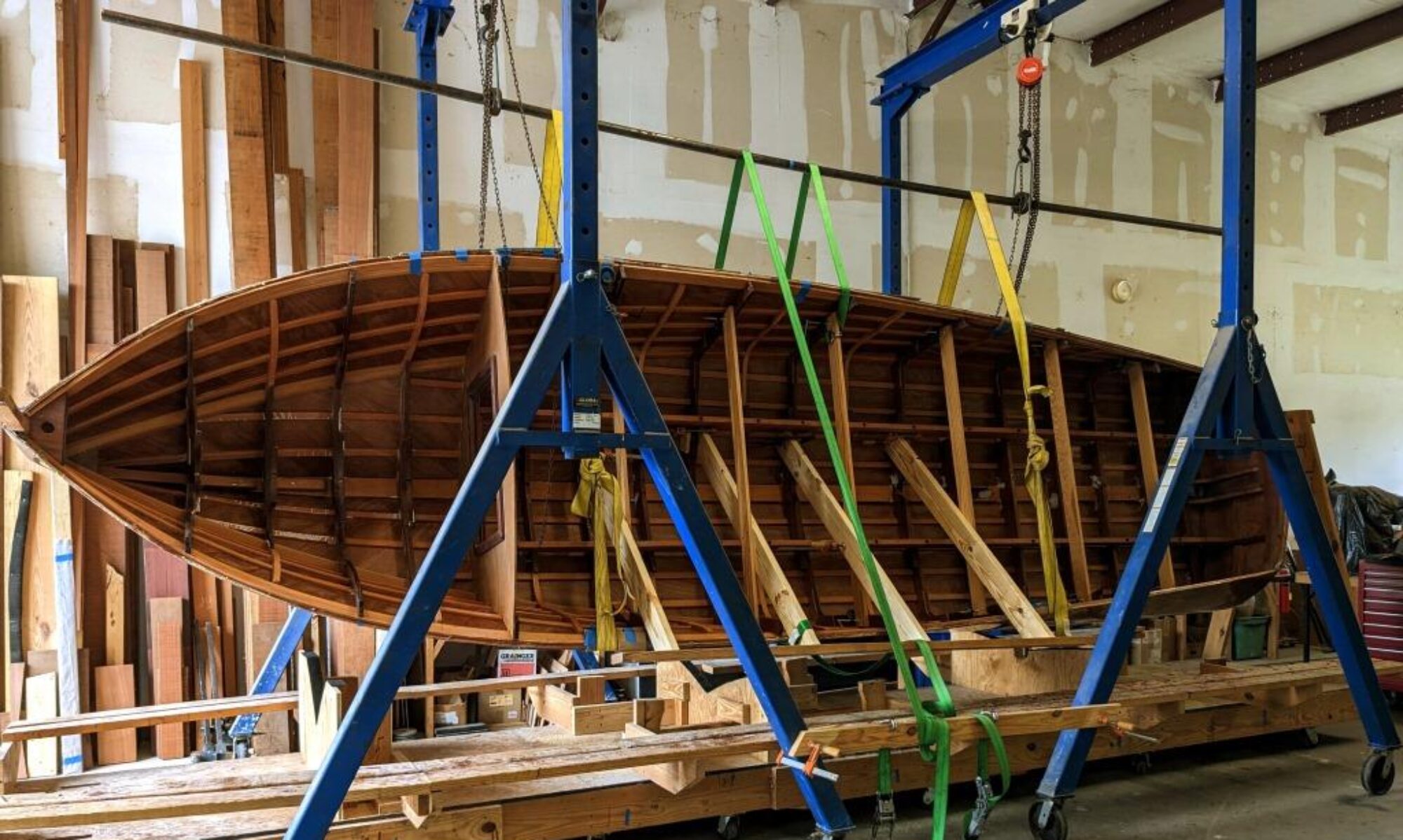
The yoke is a thwart (cross piece) at the balance point of the canoe that you can rest on your shoulders when you’re portaging (carrying) the canoe. This canoe’s yoke is made of Ash, a good hard, but rot-prone wood. Baseball bats are made of Ash too. At any rate, since the main part of this beautifully carved yoke is still perfectly serviceable, an easy fix is to scarf on new ends. Check out my previous article here more about scarf joints. Continue reading “Repairing the Yoke”







